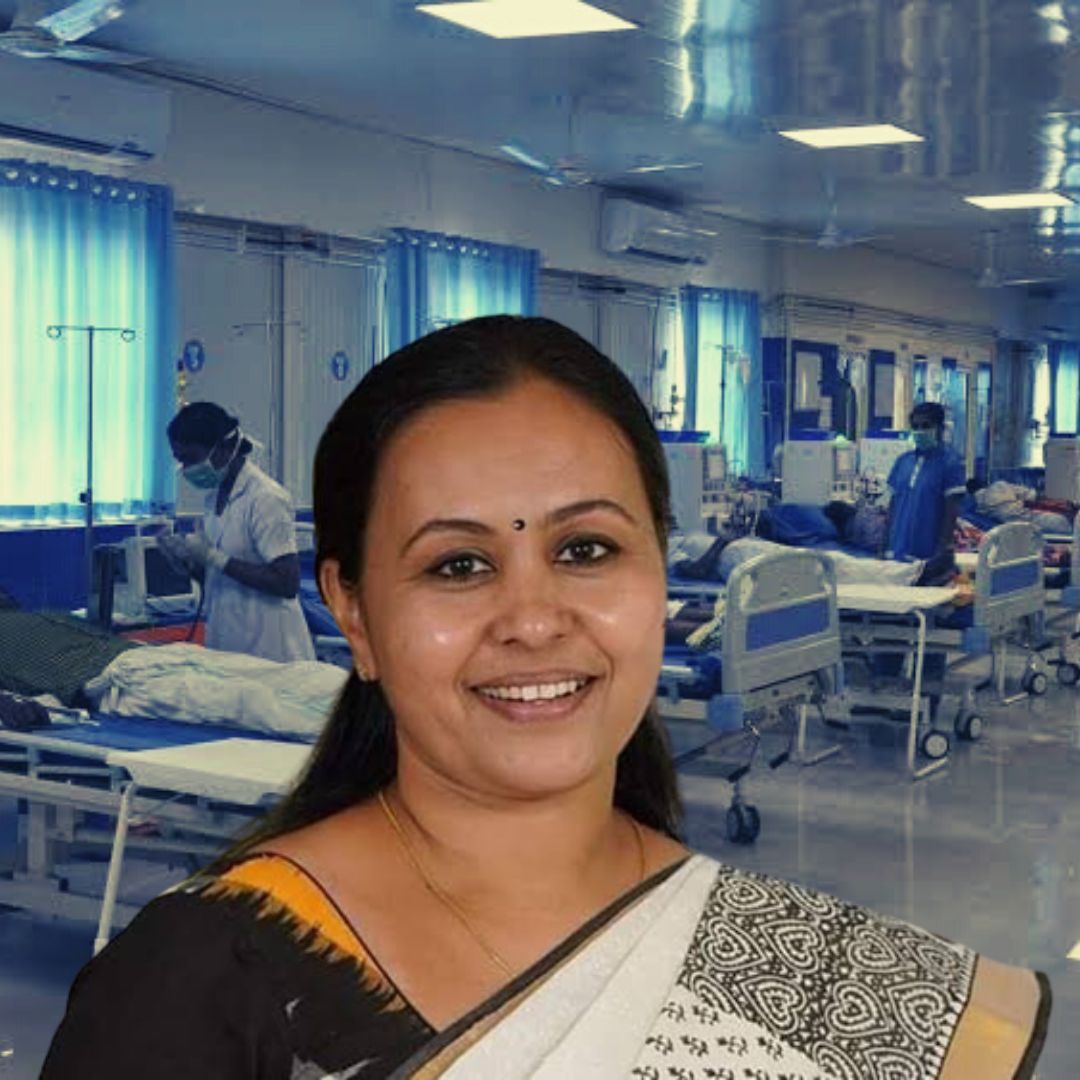
Image Credits: Twitter and Financial Express
Towards A Healthier Lifestyle: Kerala Sets Up BMI Units To Lower Lifestyle Diseases
Writer: Laxmi Mohan Kumar
She is an aspiring journalist in the process of learning and unlearning many things. Always up for discussions on everything from popular culture to politics.
Kerala, 13 Aug 2022 11:07 AM GMT
Editor : Snehadri Sarkar |
While he is a massive sports fanatic, his interest also lies in mainstream news and nitpicking trending and less talked about everyday issues.
Creatives : Laxmi Mohan Kumar
She is an aspiring journalist in the process of learning and unlearning many things. Always up for discussions on everything from popular culture to politics.
With rising cases of lifestyle-related diseases being reported from Kerala, the Health Department has adopted an initiative to tackle it by setting Body Mass Index (BMI) units across multiple institutions.
In yet another move toward combating the rise of lifestyle diseases, the Kerala Health Department has decided to set across Body Mass Index (BMI) units across the state. The BMI Units are an internationally accepted screening format to measure body weight and height and give an idea of where the individual stands on the fitness scale.
By employing several units across multiple sites, people can look up their BMI and adopt essential measures to remain fit. They have currently been set up on a pilot basis around a few spaces, and if deemed a success, more numbers would be set up.
Part Of A Larger Mission
The BMI units are a part of a set of comprehensive measures that are being incorporated to ensure that lifestyle diseases remain under check. Even though set up on a pilot basis, if found to be successful, it would drive more units to be established across factories and workplaces. This would ensure that people are aware of their fitness, assured Health Minister Veena George.
Multiple factors can trigger lifestyle diseases, starting from the diet a person intakes to the mental stress they may face. However, all of this can be prevented with ease if people assess their health through a calculated BMI, added Veena George.
The Health Department has been making active decisions in regard to lifestyle diseases. As per reports by The Print, over 8.50 Lakh people have been provided with a screening at their homes to detect lifestyle diseases within six weeks of the campaign's launch.
Those above the age of 30 were the target group for the same, as they were reported to be more prone to such diseases. The Health workers were deployed accordingly to ensure the elaborate efforts were implemented and free diagnosis and treatment were to be provided to those who required it.
Earlier in the year, the health department had also launched an e-health initiative called "Shaili", which was aimed at the diagnosis of lifestyle diseases. Information regarding the application was passed on, and data regarding an individual's diabetes level, blood pressure, heart diseases, respiratory diseases, cancer and lifestyle-related ailments were collected online. To ensure the same, Accredited Social Health Activists (ASHA) were appointed to approach the people and collect information.
Veena George had conveyed that this system would provide a near-accurate picture of the diseases present, upon which necessary action can be initiated to control it.
Rising Health Crisis In The State
Earlier this year, the Health Minister had made it a point to have those aged above 30 be screened for lifestyle diseases. An Indian Express article reported that she had set the goal of screening everyone above 30 years of age within a year. Initiating a door-to-door screening within all 140 assembly constituencies of Kerala, the mission was received with "overwhelming support from people".
Among the 7 lakh who were screened by August 7 2022, about 21 per cent (1,52,080) of them were detected to be prone to serious diseases and were categorised under the risk factor group. With the completion of the first phase of screening, the minister noted that,
"As many as 11.41 per cent (82,943) of them had hypertension, 8.9 per cent (64,564) had diabetes, and 4.09 per cent (29,696) had both, she said. Besides, 8,982 persons had been found at the risk of tuberculosis, 8,614 with uterine cancer, 47,549 with breast cancer, and 3,006 with colon cancer. They have been referred to experts,".
This also fell in line with a study conducted by Achuthamenon Centre for Health Science Studies in 2017, which had recently got a lot of attention for their findings which stated Kerala as India's diabetes capital with over 20 per cent of the population being diabetic and 33 per cent being hypertensive, compared to the national average of diabetics, which is 8 per cent.
Similarly, a report released a couple of years back by the National Family Health Survey showed that the cases of obesity in Kerala were rising, with around 38.1 per cent of women and 36.4 per cent of men being affected by the disease. This survey as well utilised the system of BMI to assess the people. Kerala was also recorded to be above the national average in terms of people suffering from unsafe blood pressure.
Added along with this was the rise of many viral infections, including monkeypox and covid-19. By the month of August in 2022, Kerala had reported 2,037 Covid deaths per one million people, which was the highest recorded in the country. Officials had associated this rise in cases with increased screening and honest reporting of the death tolls. However, due to its notable prevalence in the state, the issue of lifestyle and diseases took the front seat yet again.
The non-communicable diseases control programme launched by the state government presented a more worrisome ordeal, deduced that Kerala is among the highest epidemiologic transition zones that impact morbidity and mortality rates. A good share of the blame had gone to rampant urbanisation, which had influenced the lifestyle and becomes the reason for many non-communicable diseases to flourish in the state. After a point of time, it was recorded that the mortality and morbidity rates due to lifestyle diseases surpassed those caused by communicable diseases.
From there on, they have initiated a series of efforts to lower the cases of lifestyle-related diseases in the state.
 All section
All section














